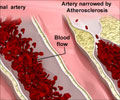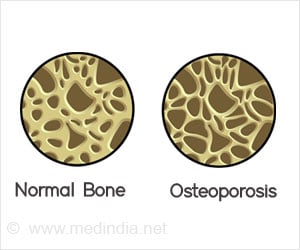A new approach to keeping heart arteries flowing smoothly after angioplasty shows surprising success in early testing. Doctors released the longest
A new approach to keeping heart arteries flowing smoothly after angioplasty shows surprising success in early testing. Doctors released the longest follow-up with the new technique - the drug-coated stent. In testing on 50 patients over 3 years, they found it to be 100 percent effective.
More than 2 million Americans undergo angioplasty annually, and the new approach is likely to be used on most of them if these promising results hold up in further testing. They could be on the market as early as next year. This is a very hot issue, surprisingly revolutionary in the treatment of coronary artery disease.During angioplasty, doctors guiding tiny balloons through clogged heart arteries, then inflate them briefly to open up blood flow. Frequently, the arteries squeeze shut again. In recent years, doctors have often left behind tiny wire coils, called stents, to support the arteries open. However, about one-quarter of the time, the reopened artery closes off, a condition called restenosis.
The solution to this dilemma appears to be a new kind of stent that is coated with medicines that gradually ooze into the artery. The drugs keep cells from growing. At least 6 different varieties - coated with different growth-inhibiting medicines - are now in testing, and many more are under development.






